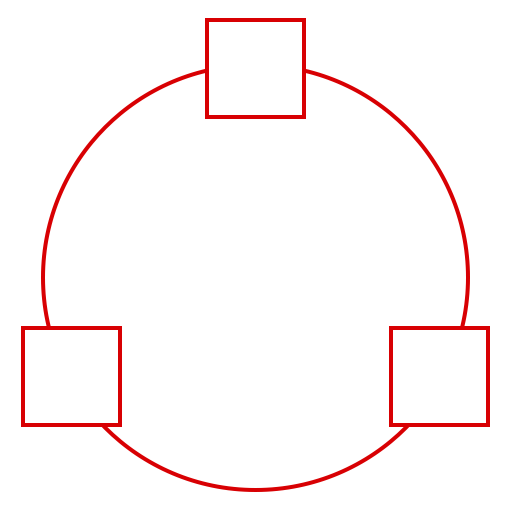Copyright © University of Cambridge. All rights reserved.
'More Numbers in the Ring' printed from https://nrich.maths.org/
Show menu
Why do this problem?
This problem builds on Ring a Ring of Numbers. It encourages children to start from different examples and then begin to draw some more general conclusions based on their understanding of odd and even numbers.
Possible approach
It would be good to show the image in the problem to the class and ask what they notice, and whether they have any questions. Give them time to consider on their own, then to talk to a partner. Invite learners to offer their noticings and questions but try not to say anything more than "thank you" as they share their thoughts with everyone. Rather than answering any questions yourself,
encourage other members of the group to respond.
Use the ideas that have been offered to build up to introducing the task as stated and give pairs of children some time to try to make all odd differences or all even differences. You could invite pairs to record arrangements that work on the board as they find them and invite everyone to check that they are indeed solutions.
Once you have several ways on the board, invite learners to comment on what they notice. What do all the arrangements have in common? Is it possible to make an arrangement with three numbers with all odd differences? You can work through the rest of the problem in a similar way, drawing the whole class together as appropriate.
Key questions
Possible extension
The problem Number Differences makes a good follow-up challenge.
Possible support
Some children will benefit from spending more time on the Ring a Ring of Numbers problem. Having digit cards to move around on a large piece of paper will also help and pupils might benefit from having sheets of blank rings so that they can try different combinations of numbers:
 Before doing this problem, it would be a good idea to look at
Before doing this problem, it would be a good idea to look at